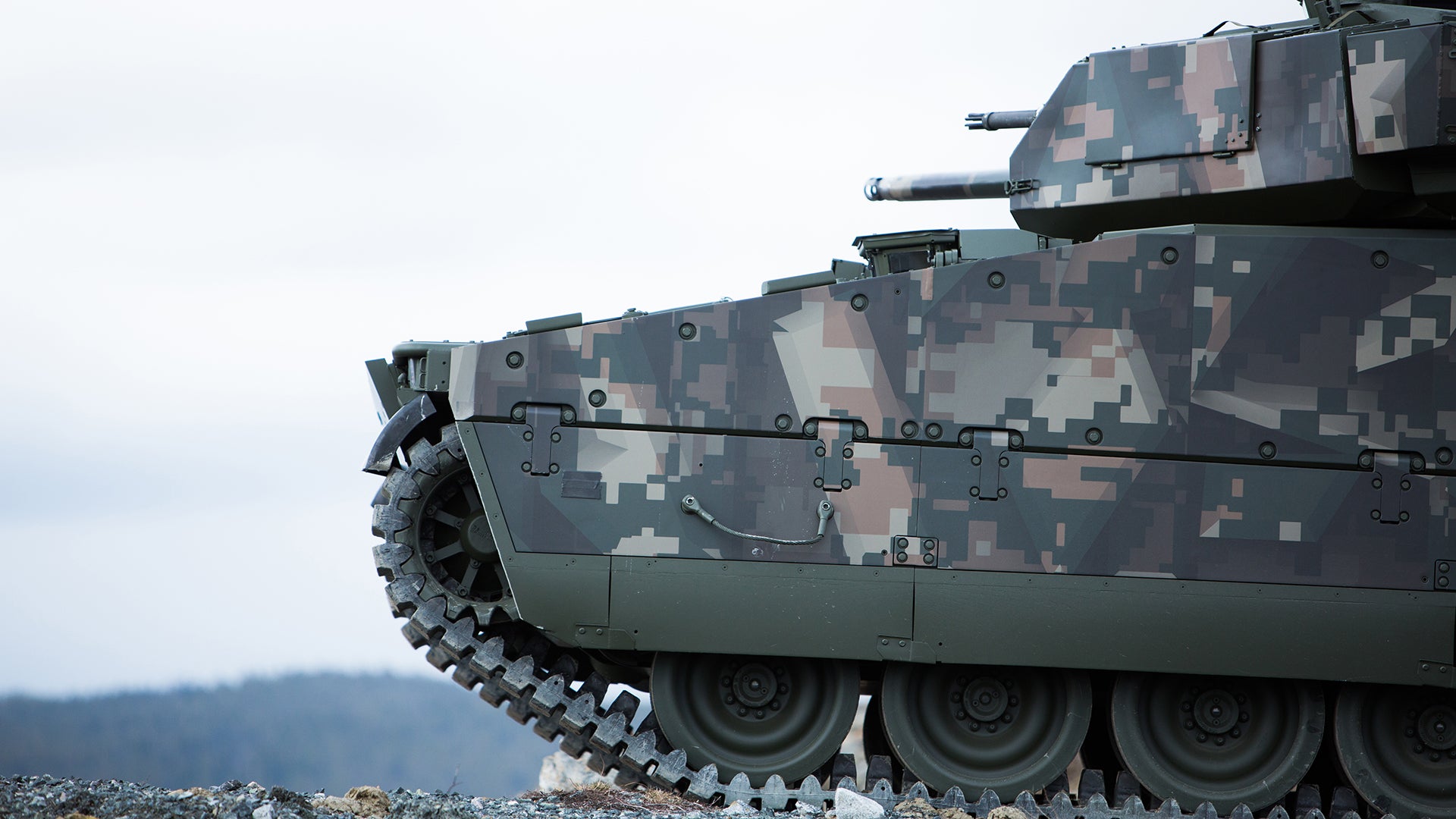- Reaction score
- 11,701
- Points
- 1,160
I think that if you can get a 70 tonne vehicle to the front the the locals will add another 10 tonnes of whatever protection they think works for them. That will likely include APS and CUAS systems, the best that they can patch together.
Scrim nets, scaffolding, railway ties, rails, spare tracks, sandbags, homemade ERA all come to mind.
If you can get the vehicle to the front in the first place.
Scrim nets, scaffolding, railway ties, rails, spare tracks, sandbags, homemade ERA all come to mind.
If you can get the vehicle to the front in the first place.






